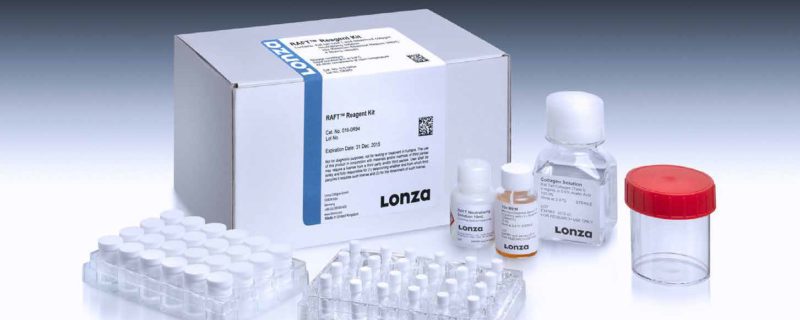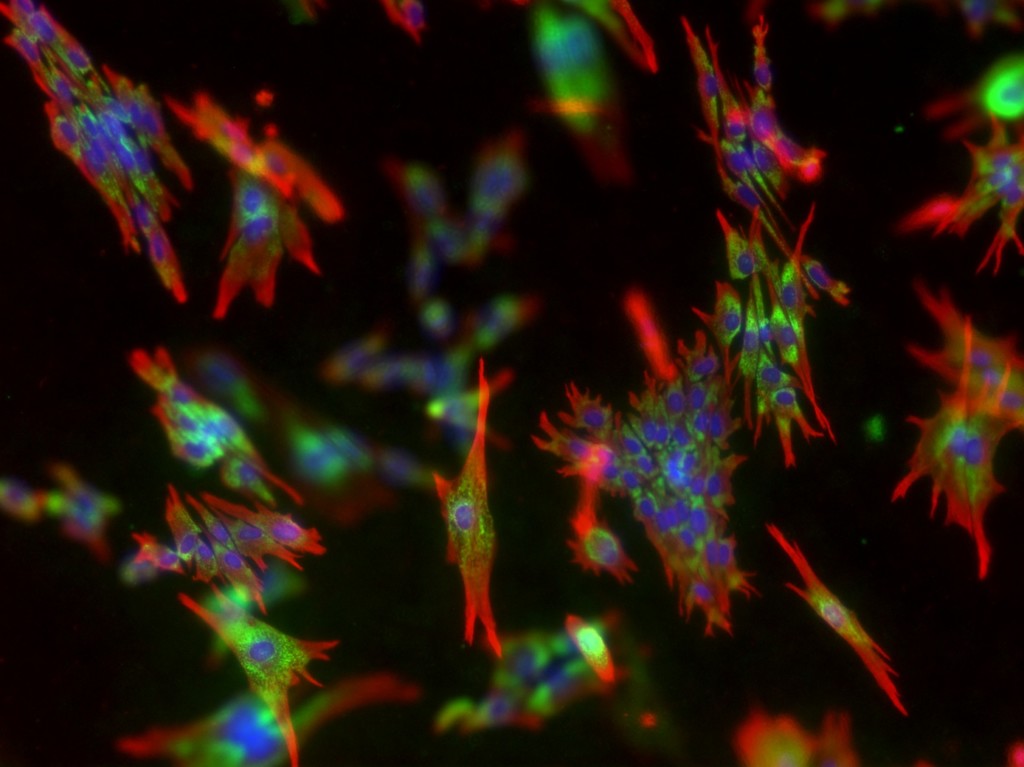
3D Cell Culture with RAFT™ System – An Introduction
In vitro assays typically use cells grown on two-dimensional (2D) hard plastic or glass substrates, which are not representative of the true in vivo cell environment. In tissue, cells interact with neighboring cells and with the extracellular matrix (ECM). In a simplified, in vitro 2D environment, the tissue-specific architecture, cell-cell communication and cues can be lost. Therefore, the need exists for advanced culture methods that better mimic cellular function within living tissue.
Three-dimensional, 3D cell culture methods, in comparison, provide a matrix that encourages cells to organize into structures more indicative of the in vivo environment, thereby developing normal cell-cell and cell-ECM interactions in an in vitro environment.
The RAFT™ 3D Culture System uses a collagen matrix at physiologically relevant concentrations. Cells and neutralized collagen are mixed and dispensed into wells of standard cell culture plates, and subsequently incubated at 37°C to allow the formation of a cell-seeded hydrogel. Specialized RAFT™ Absorbers are placed on top of the hydrogels. The RAFT™ Absorbers gently remove the medium, thus concentrating the cell/collagen hydrogel to a layer approximately 120 μm thick, mimicking physiological conditions. The cultures are then ready for use, or additional layers of epithelial or endothelial cell overlays may be added to study co-cultures or more complex cultures.

The key differentiation of the RAFT™ System from other platforms is its robustness and versatility. This system can be utilized with one cell type, or multiple cell types in parallel. Cells can be cultured within the collagen scaffold, or on top, or both. The addition of permeable membrane cell culture inserts provides other extensions to the system, allowing the generation of barrier models including air-lift models. Furthermore, the system is compatible with a variety of cell types and standard analytical techniques such as fluorescence microscopy, qPCR and ELISA to name a few. RAFT™ system has already been used to successfully generate 3D cultures in a number of research areas, including oncology, toxicology and barrier modeling.